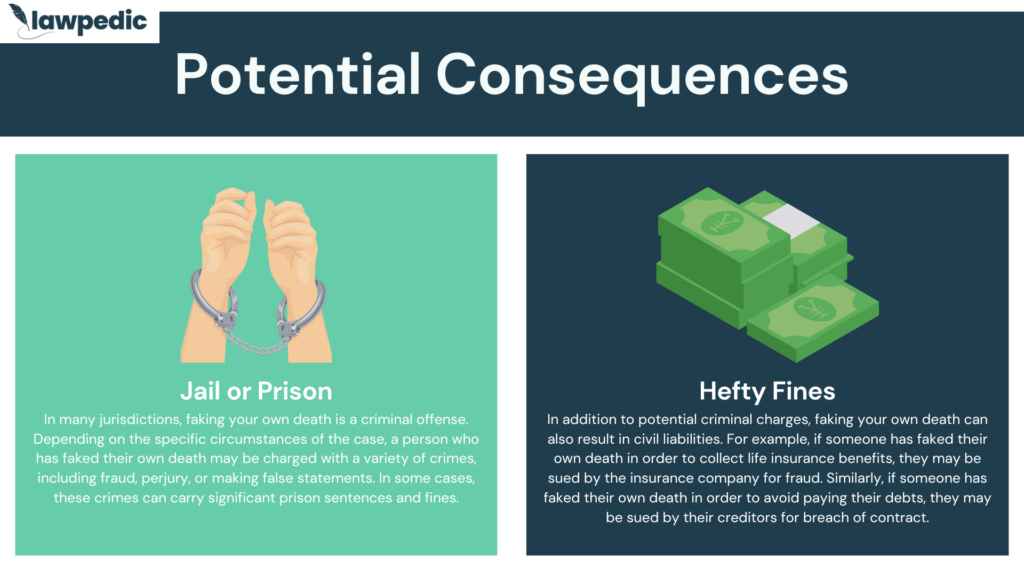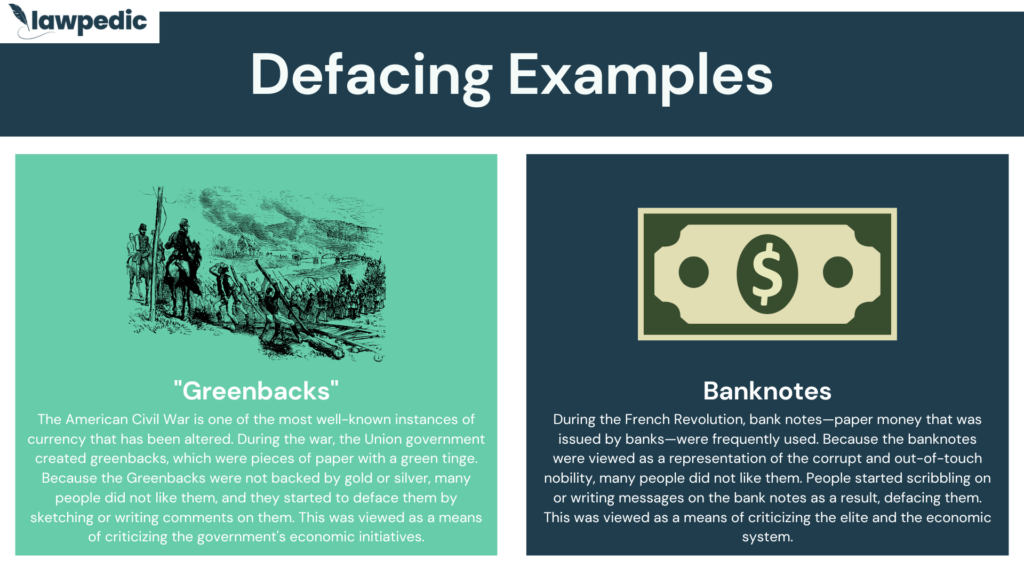Quick Summary:
According to 18 U.S. Code 333, Mutilation of National Bank Obligations, drawing money is unlawful. It is advisable to keep your artistic talents on paper rather than risk getting in trouble for drawing on a dollar note, even if you probably won’t face any consequences. There is a fine or a maximum of six months in jail for breaking this federal statute. Drawing is prohibited because it is regarded as mutilating the currency, despite the fact that it may seem harmless.
There is one exception, though. For more, continue reading this article!
What is considered defacing money?
Understanding what defacing means is necessary before we can further discuss the use of money and the associated penalties. Intentionally changing the look of a Federal Reserve Note without the Department of Treasury’s consent is what the U.S. Bureau of Engraving and Printing describes as counterfeiting.
You need to consider intent in this way in order to go a little further into what you read.
Intentional defacing includes adding zeros to a dollar bill to make it appear worth more than it actually is, altering the appearance of paper money so that it cannot be used again, and printing advertisements on money, all of which are prohibited by law.
As you can see, money is technically not “ours” because it is borrowed from the government and is constantly moving about the economy. That property is destroyed when it is damaged or altered. Defacing money is prohibited by law, much like damaging someone’s car would result in legal repercussions.
What are the consequences if you deface money?
Depending on the precise circumstances and the jurisdiction in which the offense occurs, different penalties may be imposed for defacing cash. Defacing money is often seen as a felony that carries fines or other consequences.

Title 18, Section 333 of the United States Code prohibits the act of defacing currency as a violation of federal law. According to this rule, it is prohibited to mutilate, cut, deface, disfigure, or perforate any US currency with the intention of making it unusable for daily transactions. The penalties for breaking this legislation include a fine, up to six months in jail, or both.
Some states have their own rules and penalties for defacing currency in addition to federal ones. For instance, in California, tampering with currency is a misdemeanor infraction punishable by up to a $1,000 fine and up to six months in jail. The consequences for tampering with cash may be less severe in other states.
Can you still use money that has been drawn on?
The degree of the damage and the discretion of the person or institution accepting the money will determine whether you can still use money that has been drawn on. Money that has been severely altered or damaged, however, may not often be accepted as payment.
American cash is made to be robust and challenging to harm. However, if money is severely tampered with, it might be hard or impossible to utilize. A cashier or ATM could reject a bill as unfit for circulation if it has been ripped or otherwise damaged. In such circumstances, it could be necessary to exchange the bill at a bank or other financial institution for a new one.
The money might still be accepted as payment, though, if it has just undergone little modification, such as having a tiny drawing or message printed on it. In these situations, it will be up to the person or organization taking the money to decide how it can be put to use. To make sure that the money will be accepted as payment, it is usually a good idea to contact the person or organization that will be receiving it.
Historical examples of defaced currency:
There have been a number of illustrious historical instances of individuals or groups defacing money. These activities have been driven by a variety of reasons, but they frequently reflect political or social ideas.

The usage of “Greenbacks” during the American Civil War is one of the most well-known instances of currency that has been altered. During the war, the Union government created greenbacks, which were pieces of paper with a green tinge. Because the Greenbacks were not backed by gold or silver, many people did not like them, and they started to deface them by sketching or writing comments on them. This was viewed as a means of criticizing the government’s economic initiatives.
The use of “bank notes” during the French Revolution is another instance of disfigured money. During the French Revolution, bank notes—paper money that was issued by banks—were frequently used. Because the banknotes were viewed as a representation of the corrupt and out-of-touch nobility, many people did not like them. People started scribbling on or writing messages on the bank notes as a result, defacing them. This was viewed as a means of criticizing the elite and the economic system.
The methods that people have employed defacing cash to convey their political or social opinions are generally reflected in these historical examples. The importance of these acts rests in their capacity to contest and oppose the current economic and power institutions.
The artistic value of defaced currency
There is disagreement on the artistic merit of defaced money and whether it is more appropriately categorized as vandalism or a form of art.
Some claim that altering money can have artistic value because it gives people a platform to express their creativity and to critique the political and economic systems that are already in place. For instance, a large portion of those who deface currency do so in an effort to express their political or social protest, and their works can be considered as works of art that represent their ideals and ideas. In this sense, defacing money can be viewed as a form of artistic expression that questions the status quo.
On the other hand, some people consider money defacing to be vandalism because it entails purposefully destroying or changing something that belongs to the public or the government. According to this perspective, defacing money is viewed as a harmful act that has no other goal except to hurt or inconvenience others. In this situation, altering money would not be regarded as art but as a type of criminal activity.
Overall, it is a matter of personal judgment as to whether or not damaged cash has artistic value and if it qualifies as vandalism or a form of art. Some might regard it as a way to express one’s creativity, while others might see it as destructive.
When to seek legal advice
If you are caught defacing U.S. currency, you should seek legal advice as soon as possible. Defacing currency is a federal crime, and you may face severe penalties if convicted. It is important to consult with an attorney who can help you understand the charges against you and advise you on the best course of action to take. An attorney can also help you defend yourself in court and protect your rights.
